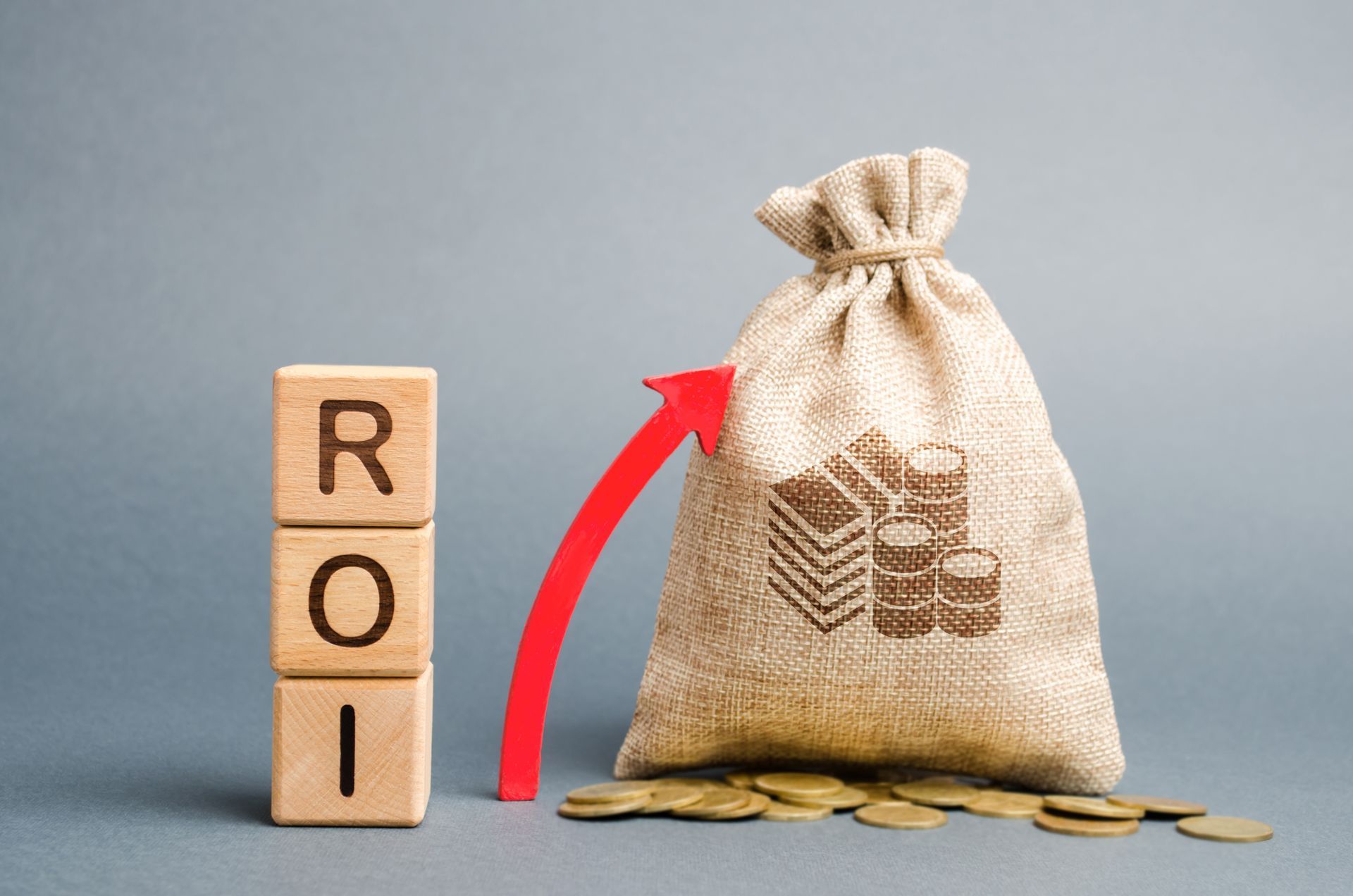How to Measure the ROI of Your Marketing Campaign
How to Measure the ROI on Your Marketing Campaigns

Marketing campaigns are an essential part of any business strategy, but how do you know if they are working? Measuring the return on investment (ROI) of your marketing campaigns is crucial to determine their effectiveness and optimize your marketing budget. In this article, we'll explore how to measure the ROI of your marketing campaigns and make data-driven decisions that will help you grow your business.
What is ROI?
ROI is a financial metric that measures the profitability of an investment. It is calculated by dividing the net profit by the cost of the investment and expressed as a percentage. In the context of marketing campaigns, ROI measures the revenue generated by the campaign divided by the cost of the campaign.
Why Measure Marketing ROI?
Measuring marketing ROI is essential to determine the effectiveness of your campaigns and make data-driven decisions. By knowing the ROI of your campaigns, you can:
- Determine which campaigns are generating the most revenue
- Identify campaigns that are not generating a positive ROI and adjust or eliminate them
- Optimize your marketing budget by allocating resources to campaigns that generate the highest ROI
- Justify your marketing budget to stakeholders and demonstrate the impact of marketing on the bottom line
How to Measure Marketing ROI
To measure the ROI of your marketing campaigns, follow these steps:
1. Set Goals and KPIs
Before launching a campaign, you need to define your goals and key performance indicators (KPIs). This will help you measure the success of the campaign and determine its ROI. Your goals should be specific, measurable, attainable, relevant, and time-bound (SMART).
2. Track Revenue and Costs
To calculate ROI, you need to track the revenue generated by the campaign and the costs associated with it. Revenue can be tracked through sales, leads, or other metrics depending on the campaign's goals. Costs can include advertising spend, production costs, and other expenses associated with the campaign.
3. Calculate ROI
Once you have tracked the revenue and costs of the campaign, you can calculate the ROI using the following formula:
ROI = (Revenue - Cost) / Cost x 100%
For example, if a campaign generated $10,000 in revenue and cost $5,000, the ROI would be:
ROI = ($10,000 - $5,000) / $5,000 x 100% = 100%
This means that for every dollar invested in the campaign, $1 was generated in revenue.
4. Analyze Results
After calculating the ROI, analyze the results to determine the effectiveness of the campaign. If the ROI is positive, the campaign is generating revenue and is likely worth continuing. If the ROI is negative, the campaign is not generating revenue and may need to be adjusted or eliminated.
5. Optimize and Adjust
Based on the results of the analysis, optimize and adjust the campaign as needed. This may include adjusting the target audience, messaging, or budget to improve the ROI.
Conclusion
Measuring the ROI of your marketing campaigns is essential to determine their effectiveness and optimize your marketing budget. By setting goals and KPIs, tracking revenue and costs, calculating ROI, analyzing results, and optimizing and adjusting the campaign, you can make data-driven decisions that will help you grow your business. Remember to continually measure and adjust your marketing campaigns to ensure that you are maximizing the ROI and achieving your goals.










